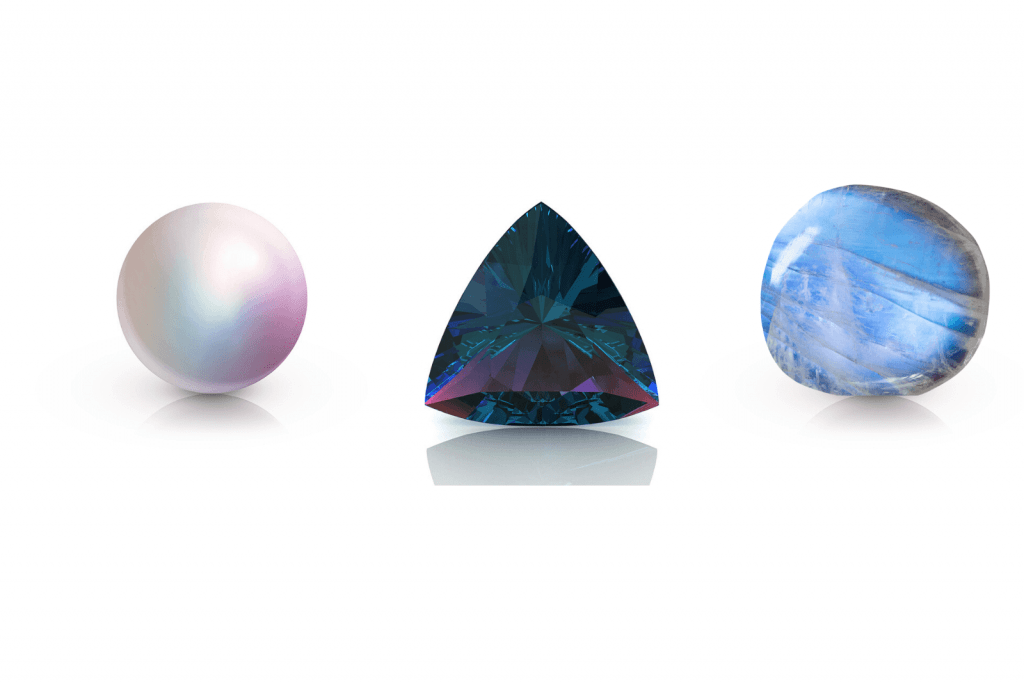Source: https://www.gia.edu/pearl-care-cleaning ,
Source: https://www.gia.edu/moonstone-care-cleaning ,
Source: https://www.gia.edu/alexandrite-care-cleaning
Pearl Care and Cleaning Guide
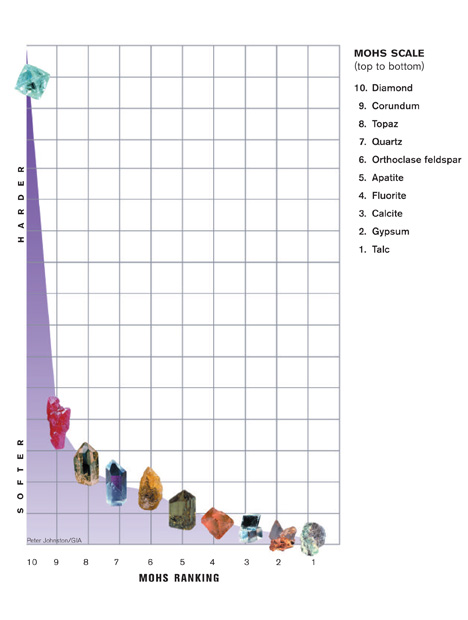
Gem and mineral hardness is measured on the Mohs scale. The numbers are based on the relative ease or difficulty with which one mineral can be scratched by another. But the Mohs scale is deceptive. The steps between the minerals are not evenly spaced. For example, diamond is only one number away, but it’s many times harder than gems in the corundum family.
Pearl is ranked 2.5 on the Mohs hardness scale, which means it’s very soft and easily scratched or abraded. But with reasonable care, pearl jewelry can be a lasting treasure.
Pearl’s toughness is usually good, but aging, dehydration, and sometimes excessive bleaching during initial processing might make some pearls more fragile.
Stability
High heat can burn cultured pearls or cause discoloration, splitting, or cracking.
Pearl is generally stable to light, but heat from intense light can cause dehydration and cracked nacre.
Pearl can be damaged by many chemicals and all acids. The list includes hair spray, perfume, cosmetics, and even perspiration.
Pearls might be dyed, impregnated, or coated. These treatments might alter over time. Bleaching and irradiation can be stable during normal wear.
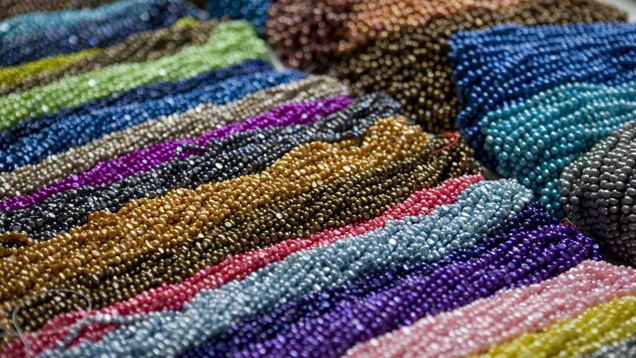
Cleaning
Pearls should never be cleaned in an ultrasonic or steam cleaner. It’s safe to use warm, soapy water for occasional, thorough cleaning. If the pearls are strung, be sure the string is completely dry before wearing.
For routine care, it’s best to wipe cultured pearls with a very soft, clean cloth after each wearing.
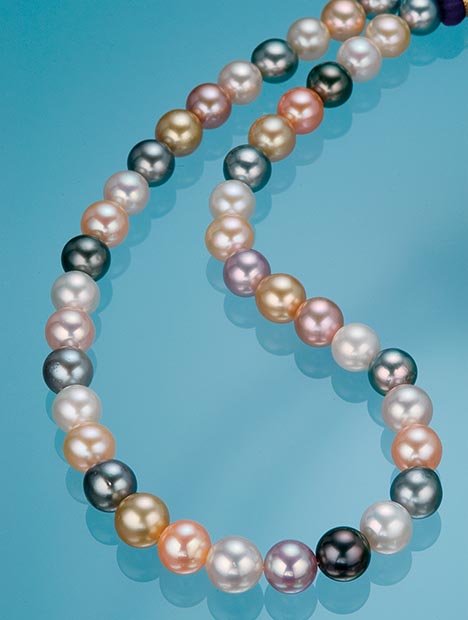
Moonstone Care and Cleaning Guide
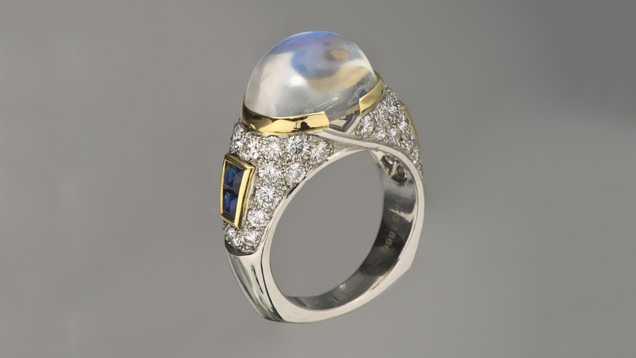
Hardness and toughness
Gem and mineral hardness is measured on the Mohs scale. The numbers are based on the relative ease or difficulty with which one mineral can be scratched by another. But the Mohs scale is deceptive. The steps between the minerals are not evenly spaced. For example, diamond is only one number away, but it’s many times harder than gems in the corundum family.
Moonstone falls between 6 and 6.5 on the Mohs scale. It also has poor toughness.

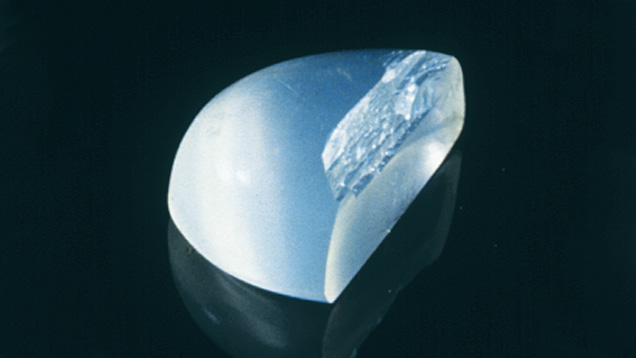
Stability
High heat or sudden temperature change can cause breaks in moonstone. It is stable to light but is harmed by exposure to hydrofluoric acid.
Cleaning
Warm soapy water is the only recommended substance for cleaning moonstones. Ultrasonic and steam cleaners are never recommended.
Alexandrite Care and Cleaning Guide
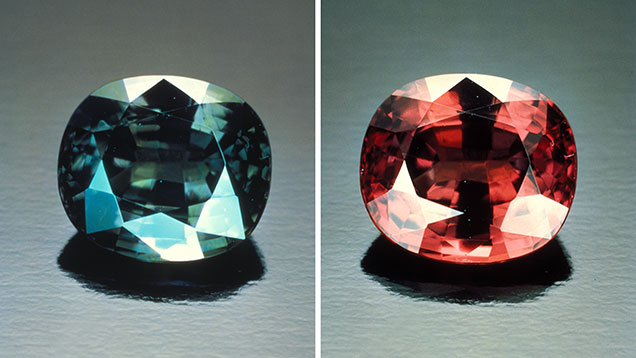
Hardness and toughness
Gem and mineral hardness is measured on the Mohs scale. The numbers are based on the relative ease or difficulty with which one mineral can be scratched by another. But the Mohs scale is deceptive. The steps between the minerals are not evenly spaced. For example, diamond is only one number away, but it’s many times harder than gems in the corundum family.
Alexandrite is relatively hard—8.5 on the Mohs scale. It has excellent toughness and no cleavage, which is a tendency to break when struck. This makes it a good choice for rings and other mountings subject to daily wear.

Stability
Alexandrite is stable under normal wearing conditions, which means it’s resistant to the effects of heat, light, and common chemicals.
Cleaning
Warm, soapy water is always safe for cleaning alexandrite. Ultrasonic and steam cleaners are usually safe.
Treatment and durability considerations
Alexandrites are usually not treated, although they might have fractures. Fracture-filled gemstones should only be cleaned with warm, soapy water.

